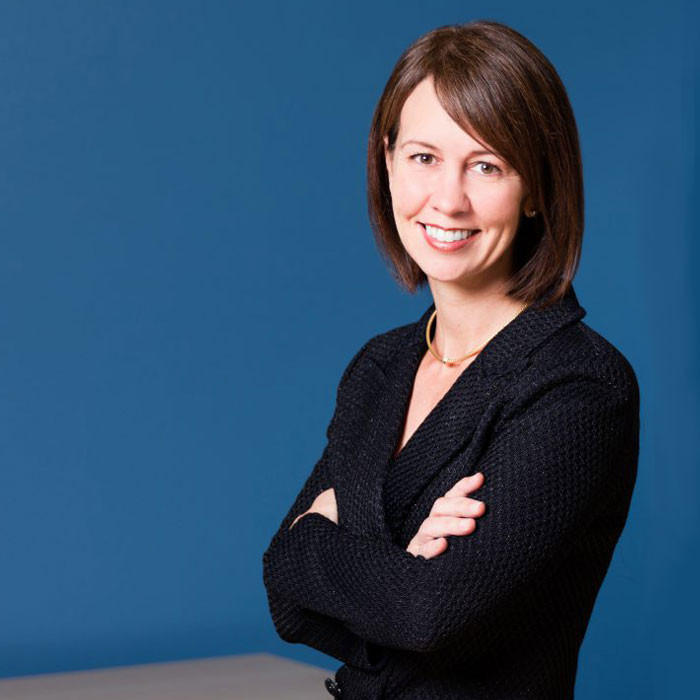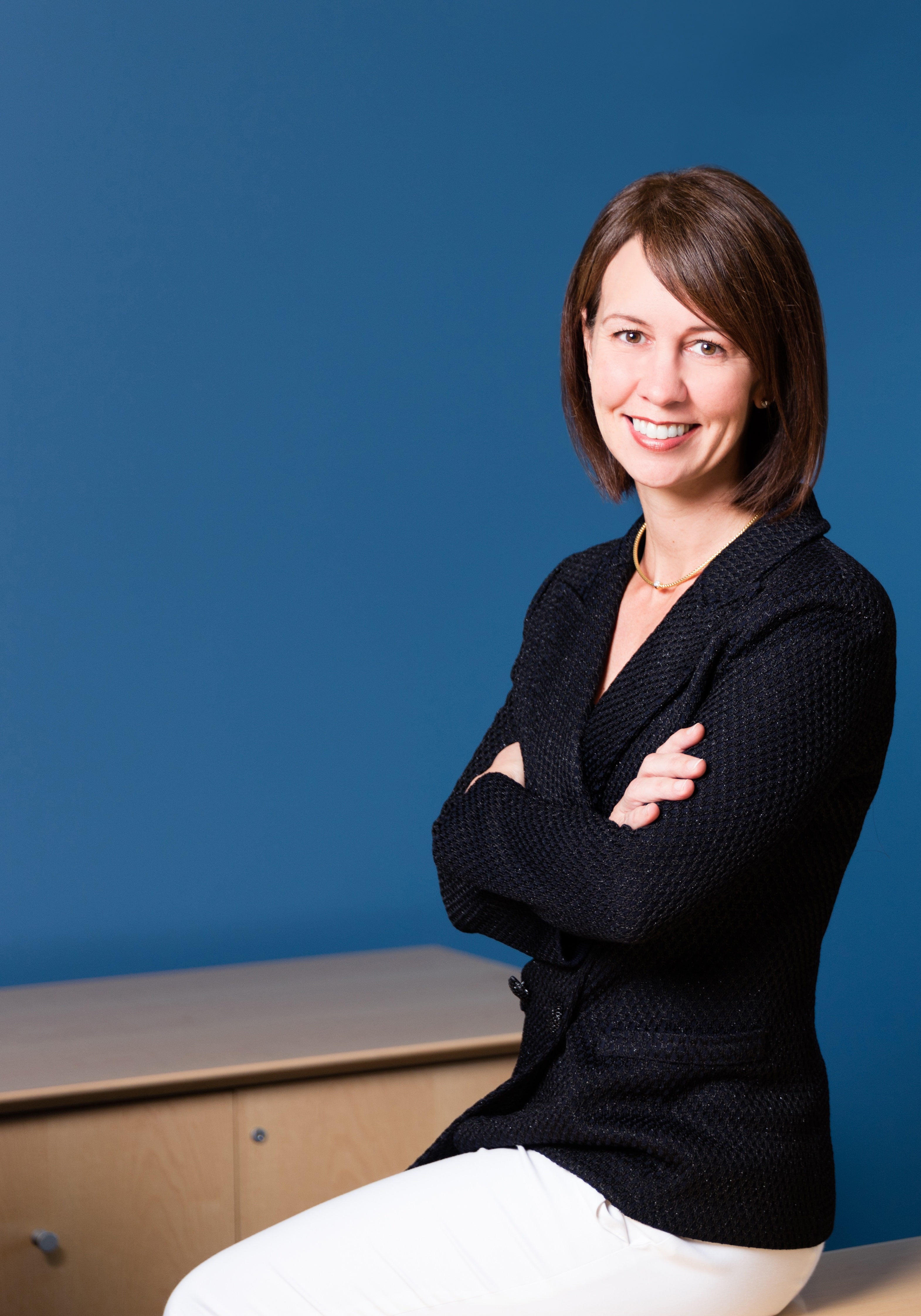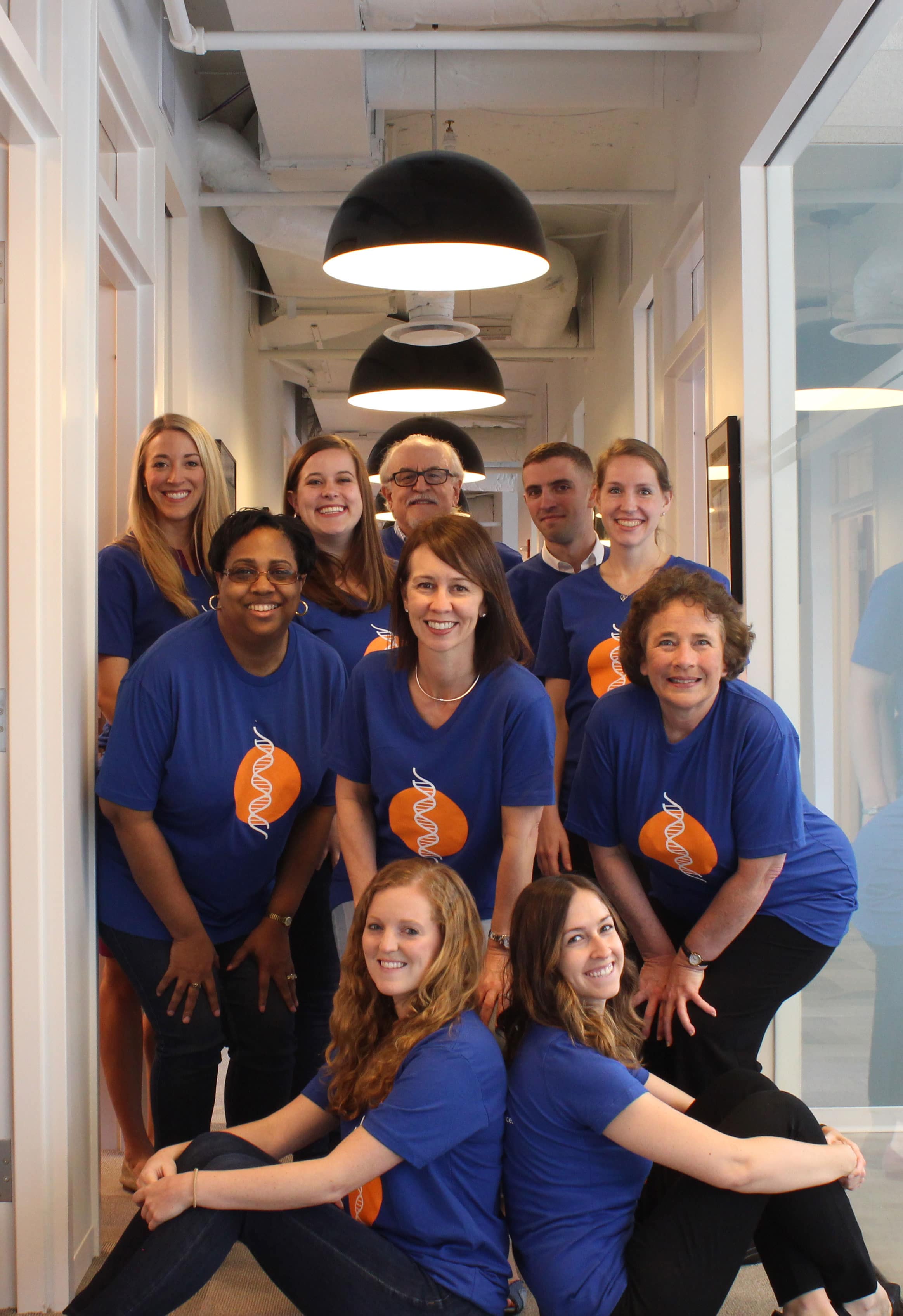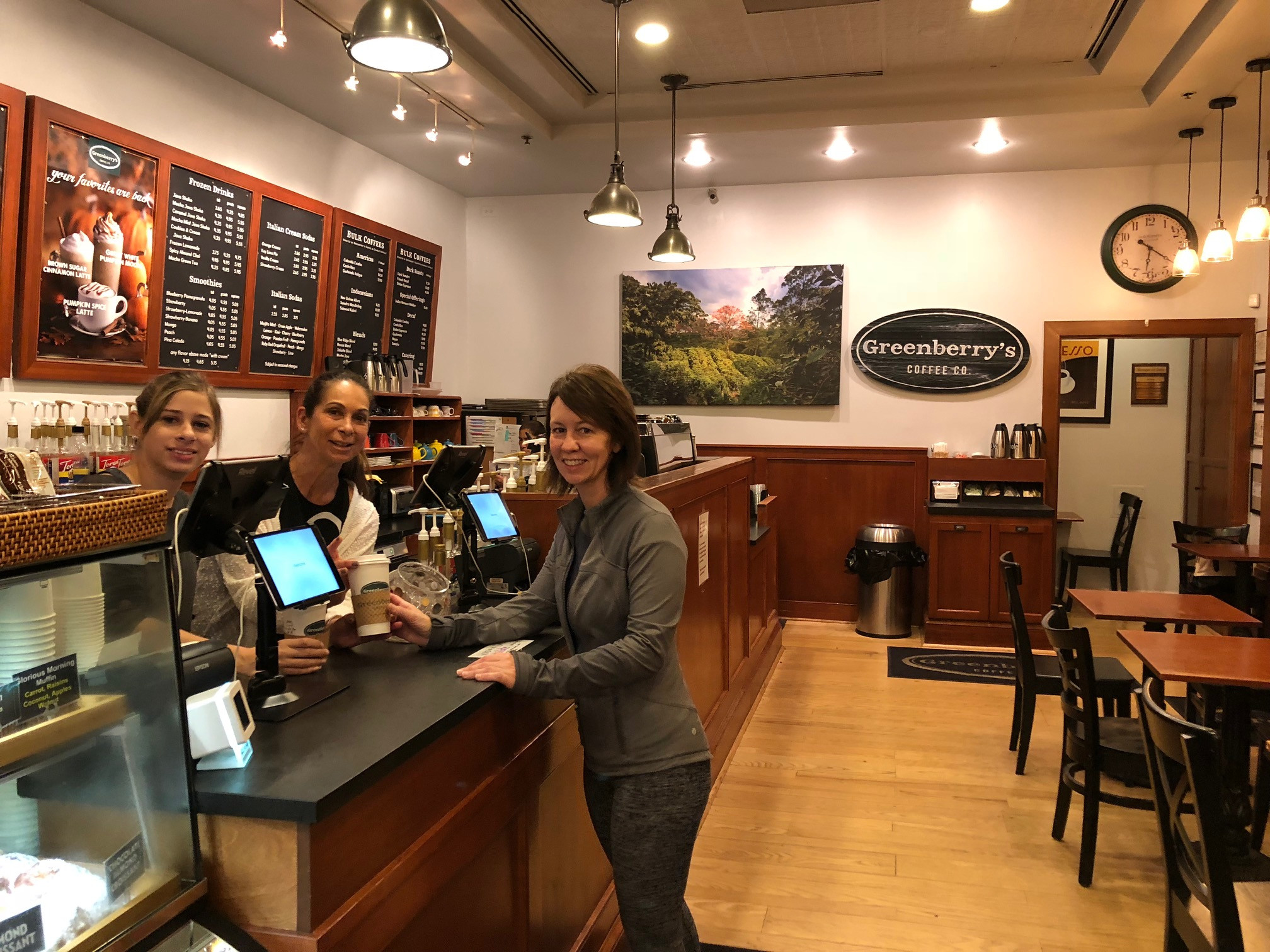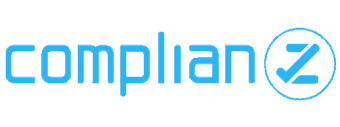Two of The Reis Group’s Senior Leaders Talk about Life at the Agency
The Reis Group recently announced the promotion of two of its senior leaders, Lauren Musiol and Tamara Moore, to Senior Vice Presidents. Together they bring a combined 26 years of experience working on the team.
In the Q&A below, Lauren and Tamara answer five questions about their careers, team, and what they need to be their best.
Q: What interests you most about Health care PR?
Lauren: Health and health care are such an important part of everyone’s lives. Getting to work on issues and topics that directly impact people’s health and wellbeing makes my job interesting and rewarding.
Tamara: I totally agree! I am also fascinated by the issues we get to work on. I don’t know if I’ve ever had a boring day in the office between promoting scientific studies to following the latest policy debate – there is so much depth and diversity to what we do that keeps the work interesting.
Q: Millennials aren’t known for their job loyalty, especially in industries like PR. What has made you stay with Sharon for the past 13 years?
Tamara: We have pretty low turnover, so this type of longevity is a part of our culture. I often hear from friends and colleagues outside of TRG how strange they think it is that I’ve worked with the same team for more than a decade, but Sharon and Lauren have been two of my closest colleagues in this time, so it hasn’t felt strange that we’ve stuck together.
Lauren: Our team really is a close-knit group. Also, as a boss and a mentor, Sharon encourages us to continuously grow and evolve. This constant support provides opportunities to challenge ourselves and one another to stay on top of growing trends in the industry while mastering the tried and true skills that are necessary to be a successful PR professional.
Q: You manage some of TRG’s major clients, such as Banner Alzheimer’s Institute and Nemours Children’s Health System. How do you successfully manage and deliver success with so many competing priorities?
Lauren: The key for me is organization and being able to determine what needs to be done now while looking ahead at the bigger picture. A big part of being able to do that is being part of a strong team that supports each other to ensure we are delivering the best service and most innovative ideas to our clients.
Tamara: Lauren is an absolute organizational goddess! Personally, I have about five to-do lists scattered across scrap paper. In all honesty, though, there is a certain focus and drive to overcome challenges and deliver success. We also have an amazing team that comes together to balance each other’s work loads and complement one another’s expertise.
Q: What makes you the best version of yourself? Or What are your passions?
Tamara: I am the best version of myself when I’m able to achieve my version of balance. This includes quality time with my family, working through deliverables for clients and feeling that sense of accomplishment, as well as taking care of myself by staying active and sleeping well. There is also a healthy amount of coffee that goes into this equation.
Lauren: I am very passionate about being active, so getting outside for a run or going to a class at the gym helps keep me calm and grounded, as well as helps me manage the stress of such a fast-paced industry.
Q: What advice do you live by?
Lauren: My motto is “wherever you are, be all there.” Too often we are focused on the next thing – whether that be checking the next item off our to-do list or answering that next email. It’s really important to fully engaged and bring your full attention to what you’re doing, whether it’s writing a high-level strategy memo or meeting with your team.
Tamara: I love that! For years, this Albert Einstein quote has stuck with me, “If you can’t explain it simply, you don’t understand it well enough.” In so much of what we do we are simplifying and translating, but without a deep understanding of the issues there is no way we’d be successful.



